Blog Highlight:- Explore the current state and future objectives of the Philippine energy market, focusing on growth and sustainability.
With an increase in the population and a growth rate of 1.51% as of 2024, the Philippines in Southeast Asia, with some of the highest electricity costs, presents significant challenges for energy production.
The impact of COVID-19 created various problems for the energy sector in delivering timely resources and ensuring the continuity of energy services to its customers, resulting in a gradual decrease in the peak power demand in the country.
Following the impact of the pandemic, the power demand has been moderately increasing in the Philippines and has reached around 17,300 megawatts as of 2023. As the demand graph elevates, the country is redirecting towards preparing its citizens to promote the use of renewable energy sources by raising a vision to increase the share of renewable energy in its supply mix to 35% by 2030 and 50% by 2050.
Even though the energy sector has faced several issues over the years, it has also made significant changes towards achieving a more sustainable environment. The government has also tried to lure consumers by providing tax benefits and incentives to solar panel owners.
This blog explores the current state of the Philippine energy market, the challenges it faces, and the future goals it is determined to attain.
Present Energy Terrain
The Philippines’ energy market relies on a mix of different energy sources, and the government has ensured that the steps don’t make one rethink development. The Philippines on-grid power mix comprises coal (43.9%), hydro (13.4%), solar (5.4%), and oil and natural gas (13.2%). Moreover, In 2023, the Philippines’ total on-grid capacity slightly increased by 0.12% to 28,291 MW from 28,258 MW in 2022, with geothermal, wind, and biomass contributing 6.9%, 1.5%, and 2.1%, respectively.
While coal and other fossil fuels still play a significant role, the Philippines is consistently trying to create awareness against using renewable energy forms which would also help reduce huge electricity cost bills for both homes and businesses.
Additionally, the energy storage systems according to the DOE reached 436 MW, with 387 MW from battery systems and 49 MW from hybrid systems.
Moving on, let’s take a closer look at some of the available energy opportunities in the Philippines.
● Renewable Energy
The renewable energy sector in the Philippines includes geothermal (14.6%/1932 MW) solar (1,382 MW), wind (443 MW), hydropower (4.1%/1,161 MW), and biomass (12.6%/759 MW). The country has established policies like renewable energy portfolio standards (RPS), net metering, green energy option (GEOP) and auction programs (GEAP), and the renewable energy market (REM) trading system.
● LNG
The government has vouched for permits to build the nation’s first integrated LNG terminal, expected to commence operations between 2023 and 2025. Enterprises in partnership with foreign and U.S firms, are actively pursuing this opportunity. The government also encourages the use of small-scale LNG facilities once the natural gas market is established.
● Power Generation
Large enterprises are substituting the use of thermal/coal power assets with more renewable sources of energy contributing to a cleaner environment. More than 70 power generation companies are involved in power plant rehabilitation, upgrading, and regular maintenance work.
● Electric Vehicles (EVs)
On April 15, 2022, the Philippine Department of Energy (DOE) released the Comprehensive Roadmap for the Electric Vehicle Industry (CREVI) which outlines policies for unbundling electric vehicle charging stations (EVCS), accrediting EVCS, and adopting EV standards for the transportation sector.
Source:- Philippines – Country Commercial Guide
What Are The Obstacles That The Energy Market Faces In The Philippines?
The energy market faces several issues that barricade efficiency and hinder its development. A few of them have been stated down below.
1. High Energy Costs
With one of the highest electricity costs in Southeast Asia, Filipinos, both businesses and homes are often concerned with the electricity costs that weigh them down and force them to live a life with limited access to resources. These high costs are often an output of their reliance on imported fuels and dependence on imported coal and oil to meet their energy needs, which makes them vulnerable to fluctuating global price ranges.
2. Supply Shortages And Reliability Issues
The country is also prone to power shortages and blackouts as a result of outdated infrastructure and the inability to cope with the increasing electricity demand. Their capacity constraints condemn them to rely on expensive emergency power solutions during power outages and as a result maintenance issues and new development projects keep piling up.
3. Environmental Impact
Frequently burning fossil fuels releases harmful pollutants, including sulfur dioxide, nitrogen oxides, and particulate matter which might increase health risks. Since the Philippines is particularly prone to the impacts of climate change, fossil fuel consumption further adds to greenhouse gas emissions while contaminating the environment.
4. Financial And Investment Barriers
Due to high electricity costs, it becomes difficult for smaller companies to access the necessary capital to fund large-scale projects as a result of limited access to capital. On the other hand, renewable energy projects come with initial high investment rates, due to which many investors hesitate to put their money into such projects.
5. Lack Of Skilled Workforce
Finding someone reliable who can be trusted and can provide technical expertise to you isn’t available abundantly. Even though a few enterprises can be trusted with their assistance in installing renewable energy technologies there is an ongoing struggle with retaining skilled workers. Thus, there is a dire need for training and educational programs that would enlighten them with the techniques of installing solar panels for business easily.
The Vision Of The Philippines Government
The government, while trying to cope with the costs and demands of its citizens, has taken up the vision to build a more sustainable world while encouraging the use of renewable sources of energy through several policies and tax benefits to increase the use of renewable energy sources in the country. They have committed themselves to raising 50% of the renewables in its total electricity generating capacity with 15.3 gigawatts (GW) by 2030.
How Has USAID Supported The Energy Sector In The Philippines?
The United States Agency for International Development (USAID) in partnership with the Philippines Department of Energy and Energy Regulatory Commission is working towards the betterment of the environment by investing and mobilizing in the energy sector.
Since 2022, USAID has supported the Philippine Department of Energy’s Green Energy auctions program, leading to over 5.3 gigawatts of renewable energy points. These projects are worth $6.6 billion and represent nearly a fifth of the country’s power system.
Recently, the Philippines also signed a collaboration agreement with the US to develop small modular reactors (SMRs) for nuclear energy. This partnership aims to enhance the Philippines’ energy security, reduce dependence on fossil fuels, and ultimately, provide a sustainable and reliable power source.
SMRs are seen as a viable solution due to their smaller size, lower cost, and enhanced safety features compared to traditional nuclear reactors. This collaboration is expected to pave the way for advanced nuclear technology implementation in the Philippines which supports the country’s goal of achieving a cleaner and more resilient energy future.
Conclusion
The energy markets face challenges that obstruct their path and cease their development and efficiency. High energy costs, supply shortages, environmental impact, investment and financial challenges, and a lack of skilled workforce all contribute to the complexities of the energy landscape. The government is constantly trying to mitigate these issues by introducing several schemes and practices for a reliable, sustainable, and affordable future.
In the current energy terrain, solar energy stands out as a promising option due to its renewable nature, cost-effectiveness, and minimal environmental impact. This is where Nativ Techniks comes into the picture. We provide state-of-the-art solar panel for commercial building & businesses in the Philippines.
Call us at +639176310032, or drop us a mail at wecare@nativtechniks.com.
Also Read Our Other Blogs
Top 10 Ways To Maximise Your Solar Panel Efficiency In The Philippines
Investing in Philippines’ Renewable Energy: Opportunities and Challenges


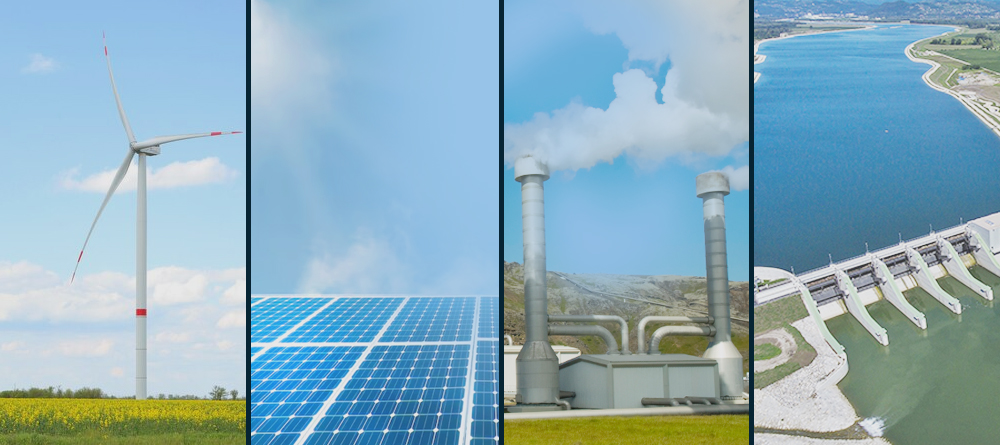
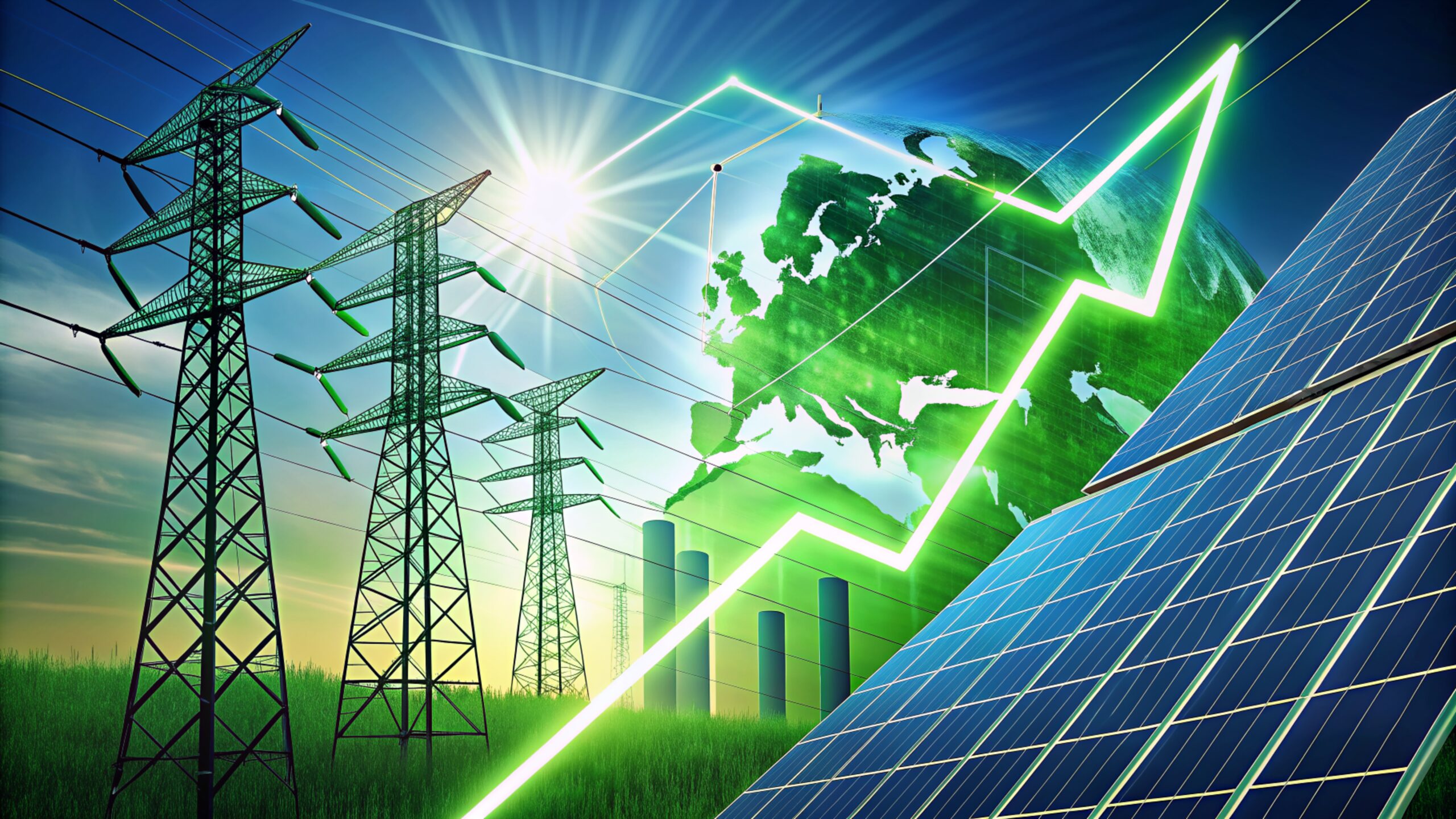

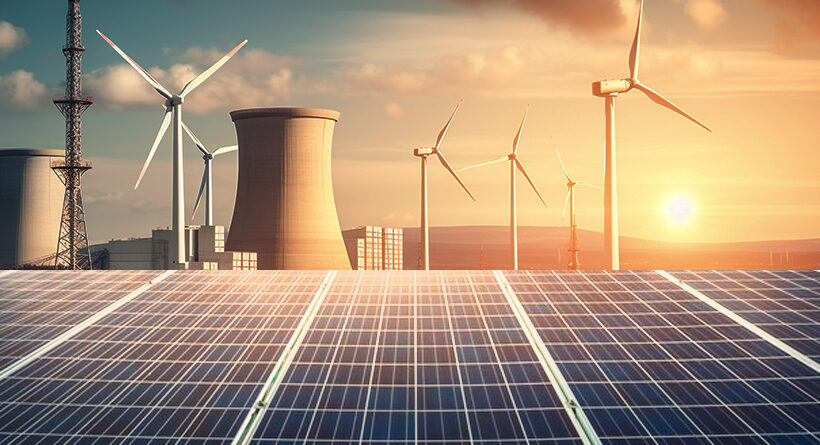
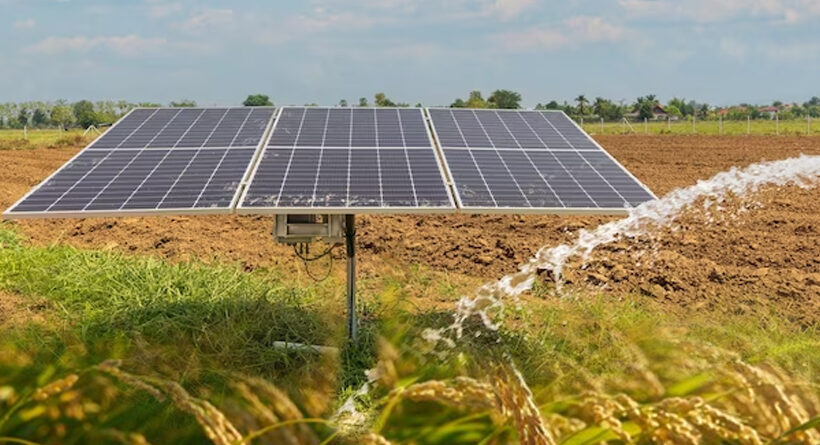


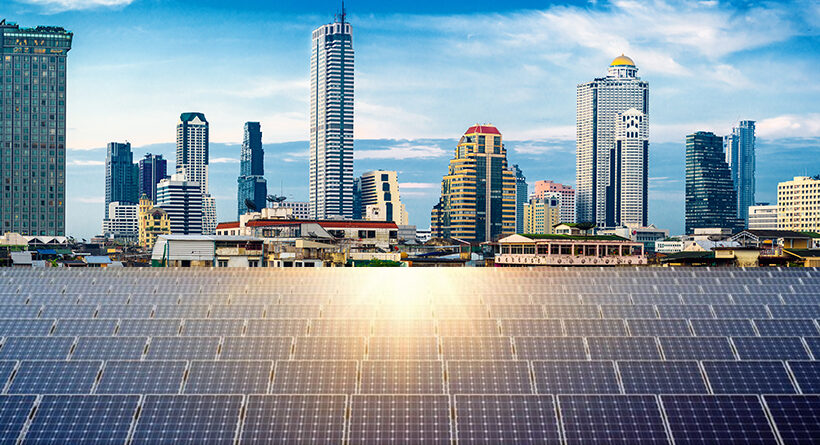
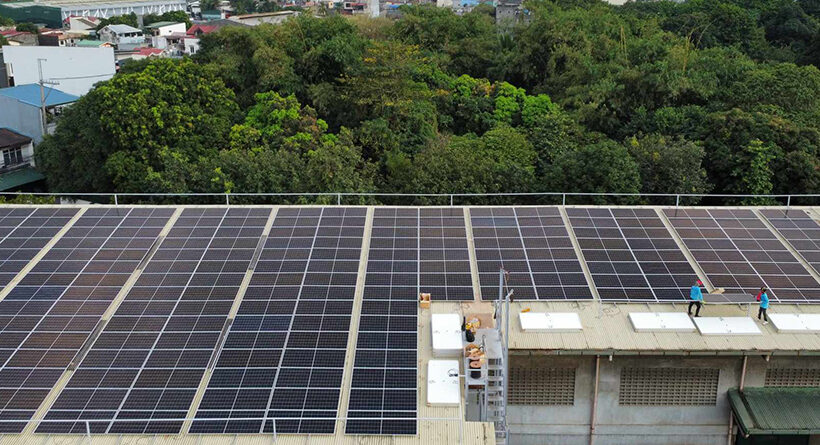
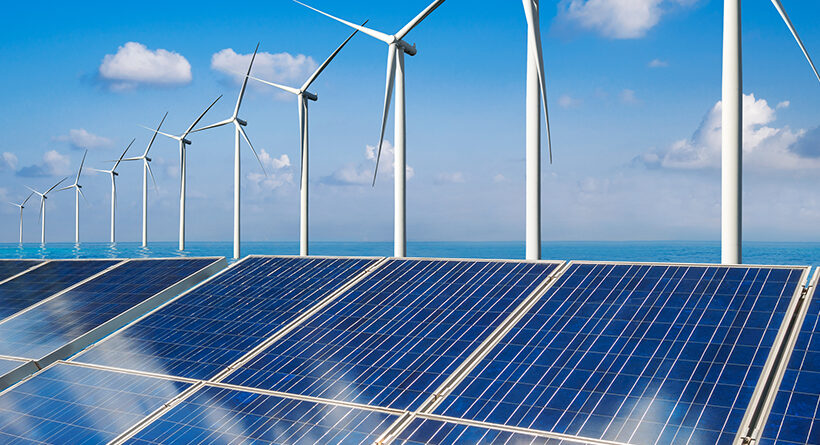
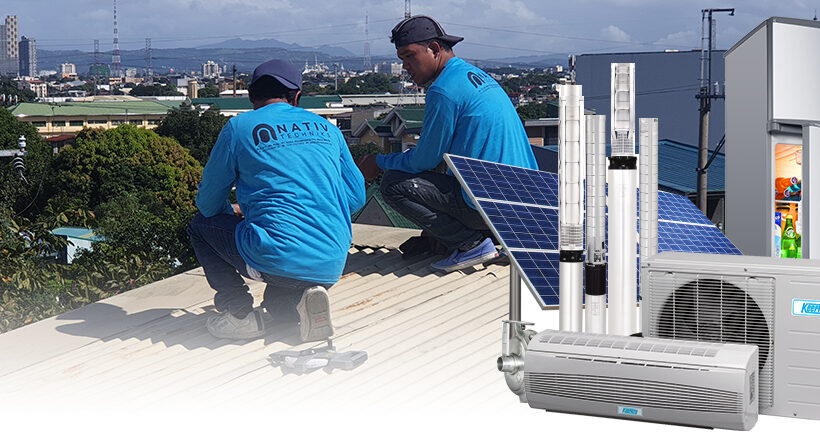
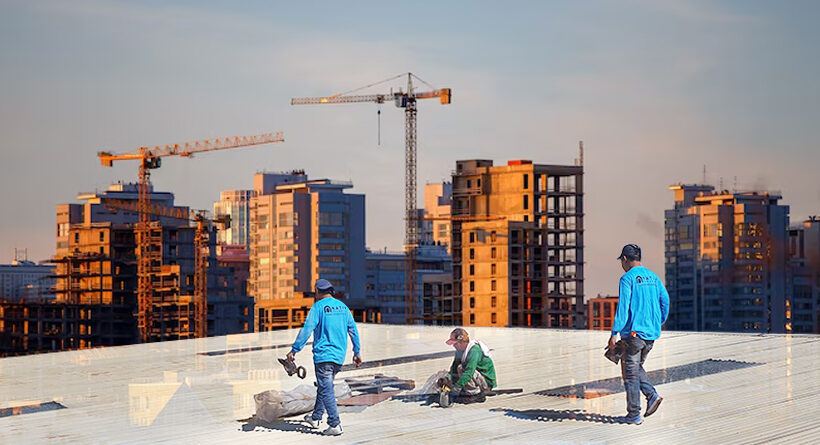
Leave a Reply